Minimalism is often presented as the ultimate way to create a peaceful, clutter-free home. While the concept sounds great in theory, some minimalist tips seem practical only if you barely use your living space. From unrealistic furniture choices to storage solutions that prioritize aesthetics over function, certain ideas fall apart in real-world scenarios. Here are 12 minimalist tips that only make sense if you never actually live in your home.
1. Get Rid of Most of Your Seating
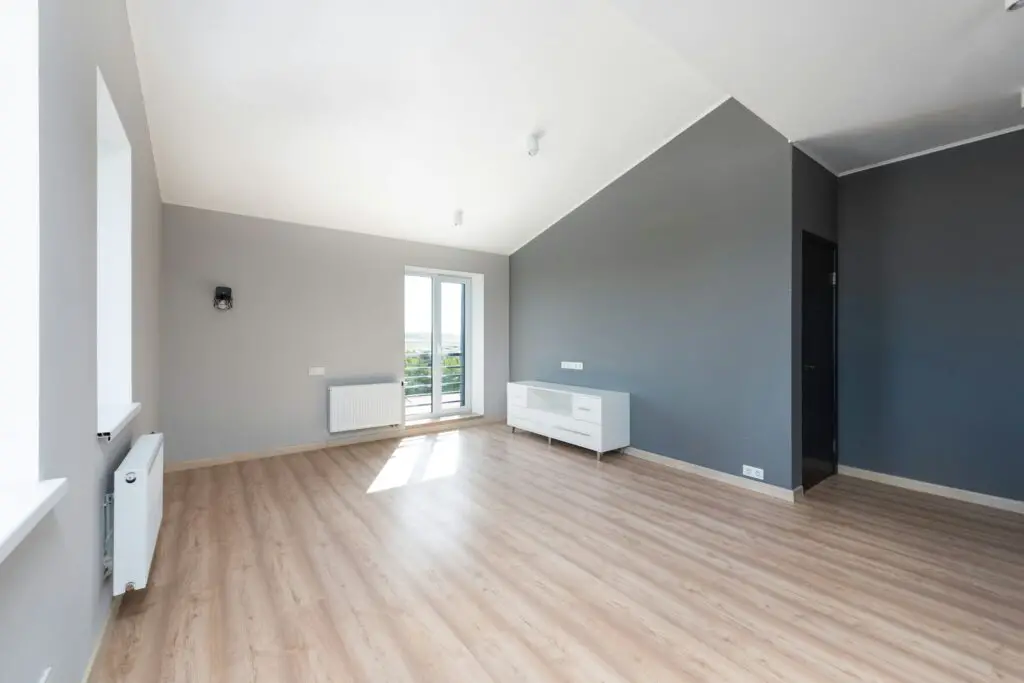
Minimalist design often promotes the idea of keeping only the essentials, but limiting seating can be highly impractical. As noted by Apartment Therapy, reducing the number of chairs or sofas can leave guests standing awkwardly or force people to sit on hard, uncomfortable surfaces. If you regularly entertain or simply enjoy lounging, this tip can make your home feel more like an art gallery than a welcoming space. Minimalism should enhance comfort, not eliminate it.
Removing extra seating may work for someone who rarely has visitors, but for most households, it creates unnecessary discomfort. The right balance between style and function is key to making a space both livable and visually appealing. Instead of eliminating seating entirely, opt for sleek, space-saving options like nesting stools or multifunctional furniture. That way, your home remains both minimalist and practical.
2. Hide Everything in Storage Bins
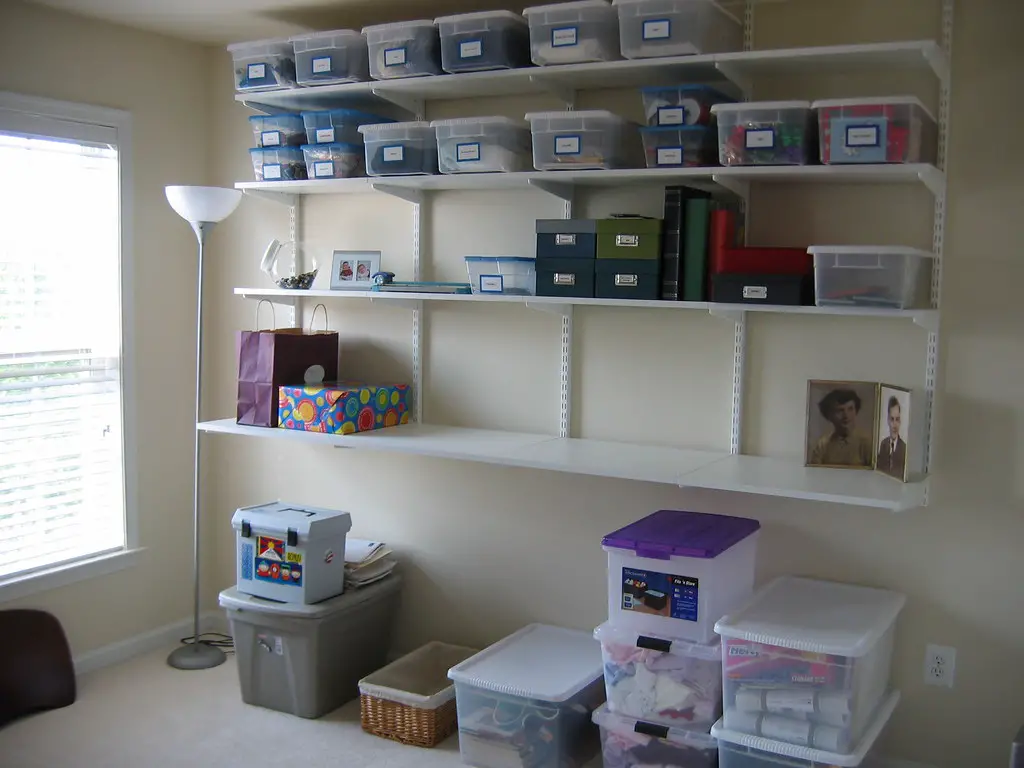
The idea of storing everything out of sight might seem like the perfect way to achieve a clean, uncluttered space. However, according to The Spruce, excessive use of storage bins can make everyday life more frustrating by forcing you to dig through hidden compartments just to find essential items. When minimalism prioritizes aesthetics over accessibility, it becomes more of a hassle than a help. A well-designed home should be both tidy and functional.
If you use your home regularly, frequently used items should remain accessible rather than buried in a storage system. Instead of hiding everything, try using open shelving or designated spaces for everyday essentials. This allows for a clean look without creating obstacles to daily routines. A home should support your lifestyle, not work against it.
3. Ditch the Coffee Table
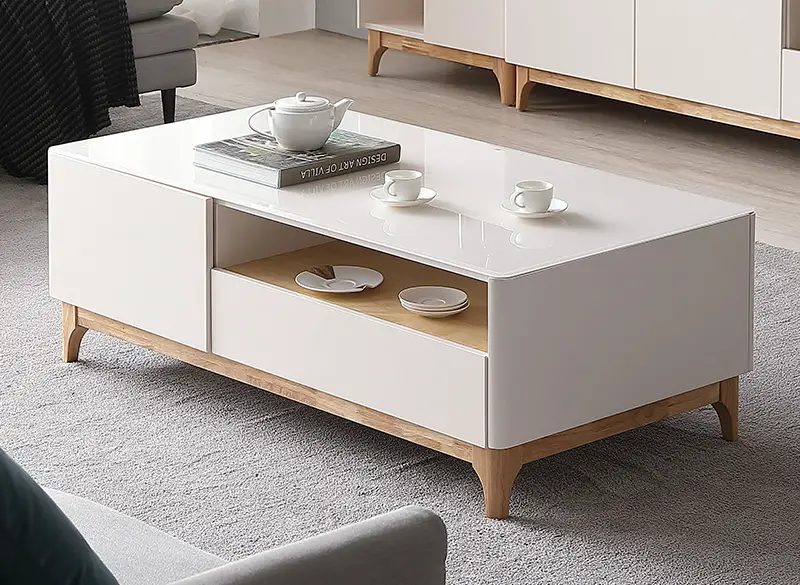
Some minimalist designers recommend eliminating the coffee table to free up floor space, but this advice can be highly impractical. Better Homes & Gardens points out that coffee tables serve as a crucial centerpiece for living rooms, providing a place to set drinks, books, or decorative elements. Without one, you might find yourself awkwardly balancing items on your lap or leaving clutter on the floor. Functionality should always be considered when making design choices.
For people who actually use their living spaces, a coffee table is far from unnecessary. A minimalist approach doesn’t have to mean sacrificing convenience. Instead of removing this piece entirely, consider a sleek, smaller table or one with built-in storage. That way, you maintain a minimalist aesthetic without making your space less livable.
4. Own Only One Set of Dishes
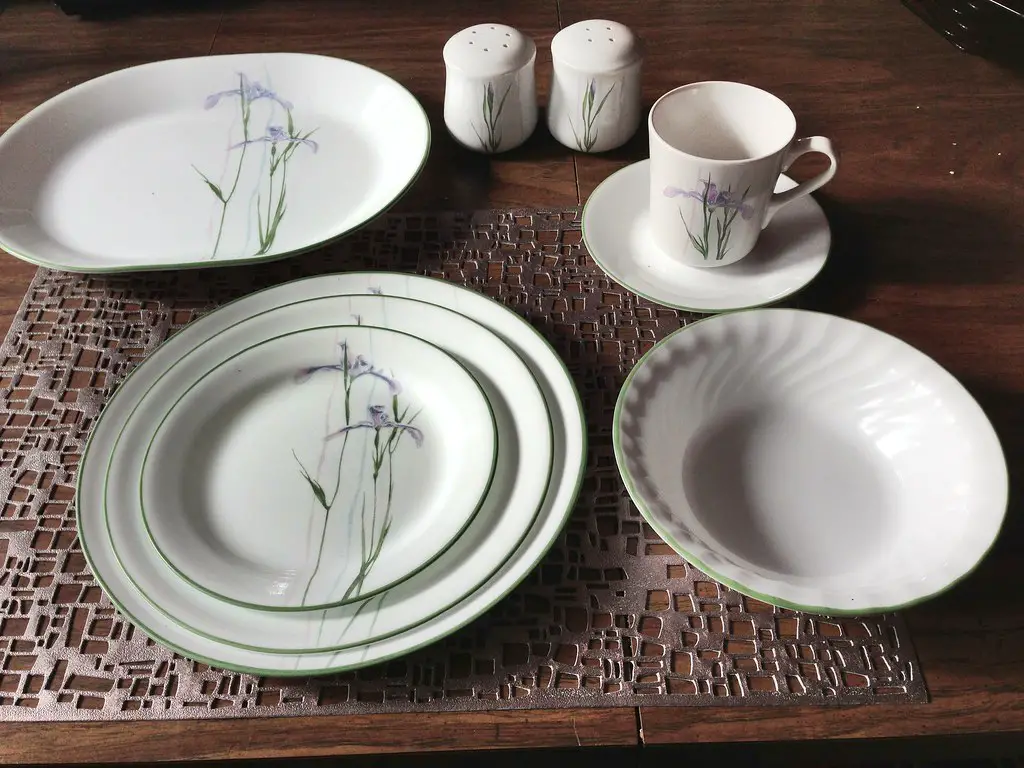
The idea of having just one plate, one bowl, and one cup per person might seem like a smart way to cut down on clutter, but it often creates more problems than it solves. The Kitchn notes that having a few extra dishware pieces is practical, especially for those who cook often or entertain guests. Constantly washing and reusing the same dishware can become tedious, making minimalism feel more like a burden than a benefit.
A minimalist kitchen should simplify daily tasks, not complicate them. Owning a few extra plates and cups ensures that you’re not forced to wash dishes after every single meal. Instead of going to an extreme, consider reducing dishware in a way that makes sense for your lifestyle. A carefully curated collection of essentials strikes a balance between minimalism and functionality.
5. Remove All Decorative Items
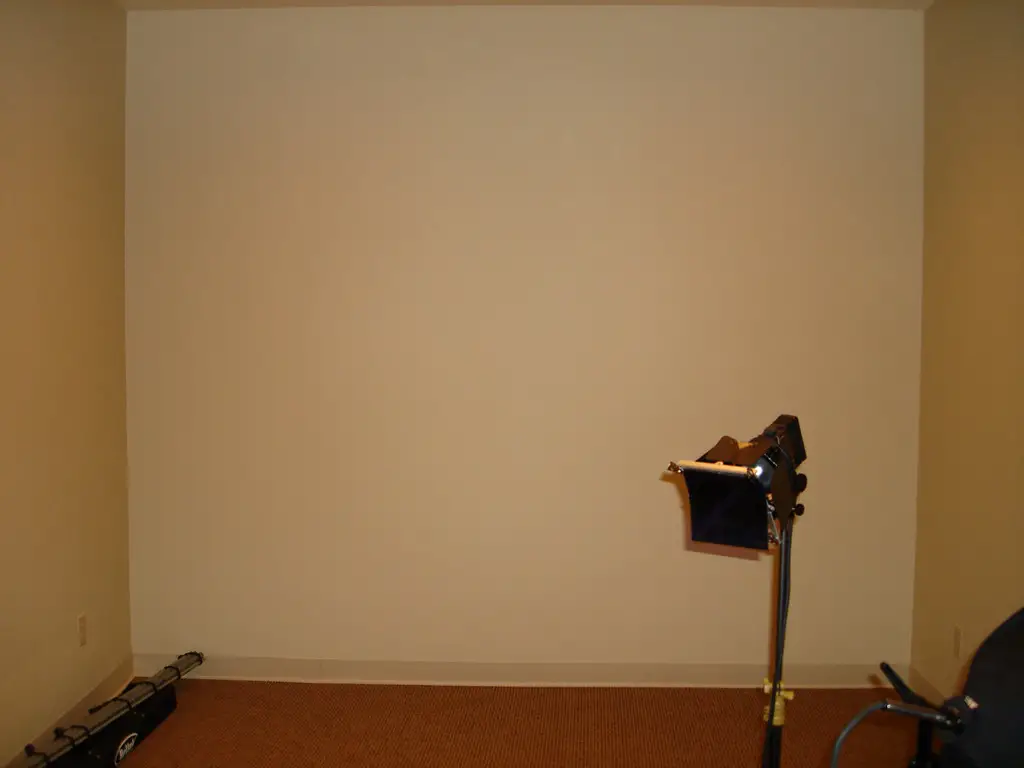
A common minimalist tip is to strip a space of all decorative elements, but this can make a home feel cold and uninviting. While clean lines and neutral colors can create a calm environment, removing personality from a space often results in a setting that feels more like a showroom than a home. Decorations add warmth and character, making a space feel lived-in and unique.
Minimalism shouldn’t mean eliminating all visual interest. Instead of getting rid of everything, choose a few meaningful decorations that bring joy without creating clutter. A well-placed piece of art, a sentimental object, or even a simple vase with fresh flowers can enhance a minimalist home without overwhelming it. The key is to strike a balance between simplicity and personal expression.
6. Keep Only One Set of Bedsheets
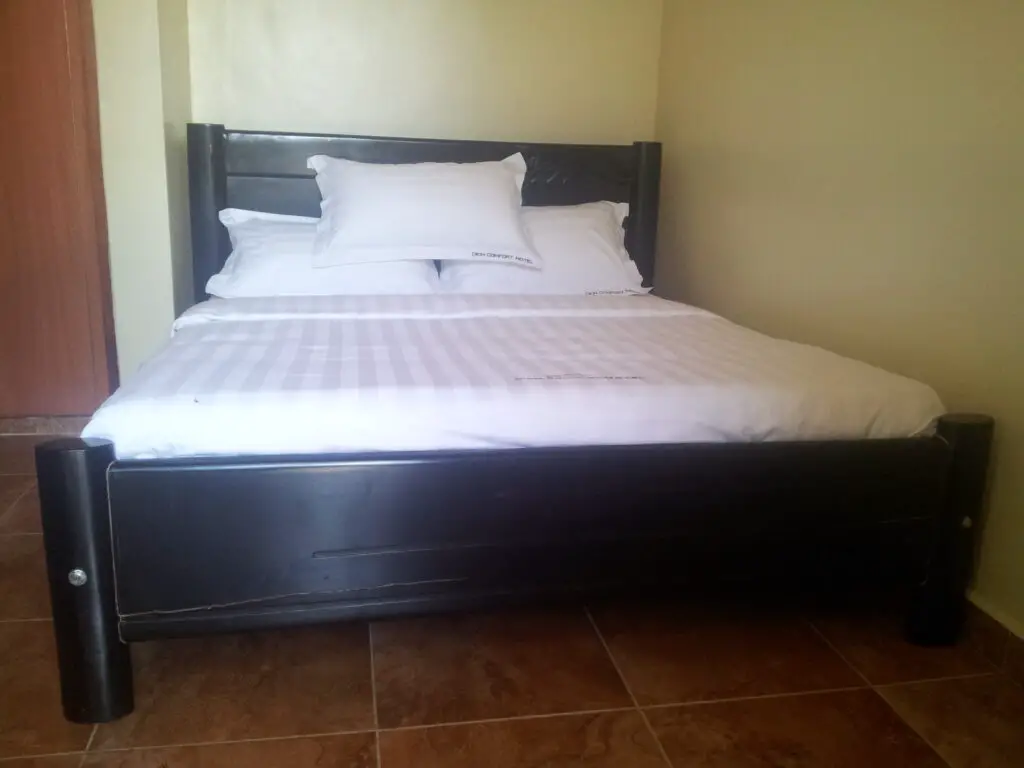
While owning just one set of sheets might seem like a space-saving solution, it’s far from practical. Sheets need regular washing, and having only one set means you’ll be stuck waiting for them to dry before making the bed. This approach may work for someone who never actually sleeps at home, but for most people, it’s an inconvenience. Extra sheets provide both convenience and comfort.
A practical minimalist approach allows for backups without excess. Keeping two or three sets of sheets ensures that your bed remains fresh and comfortable without unnecessary hassle. Minimalism should enhance efficiency, not create obstacles to everyday tasks. Thoughtful reductions, rather than extreme cuts, make for a truly functional minimalist home.
7. Eliminate the Closet
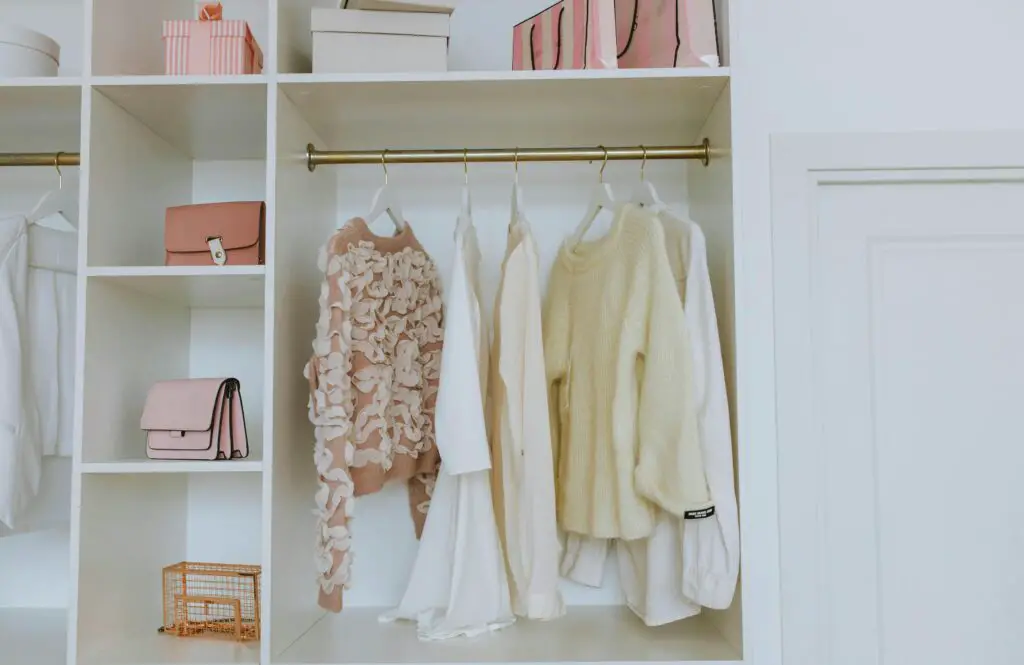
Some minimalists advocate for getting rid of closets entirely in favor of a single clothing rack. While this might work in a perfectly curated space, it often results in a messy, cluttered look. Closets provide hidden storage that helps maintain visual cleanliness, which is one of minimalism’s main goals. Without one, clothes can become an unsightly focal point.
A well-organized closet supports a minimalist lifestyle by keeping items out of sight while maintaining accessibility. Instead of eliminating closet space, focus on decluttering and organizing it efficiently. Thoughtful storage solutions can prevent excess clutter without sacrificing practicality. Minimalism should promote ease, not inconvenience.
8. Get Rid of Rugs
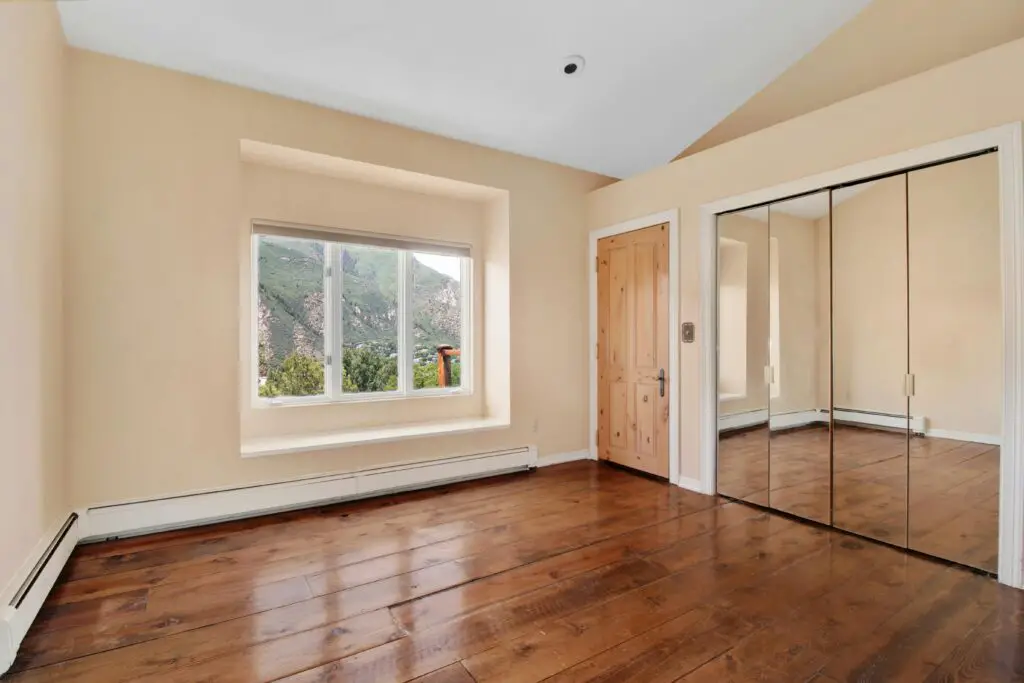
Bare floors might seem like the ultimate minimalist choice, but they can make a home feel stark and uncomfortable. Rugs provide warmth, noise reduction, and visual interest, all of which contribute to a welcoming environment. Without them, rooms can feel uninviting and cold. A minimalist home should still feel like a place people want to spend time in.
Opting for a single, neutral-colored rug can maintain a minimalist aesthetic while still adding comfort. Choosing quality over quantity ensures that a home remains stylish without unnecessary clutter. The key is to be intentional about what you keep, rather than eliminating everything for the sake of minimalism. A well-placed rug can enhance a space without overwhelming it.
9. Avoid All Personal Items on Display
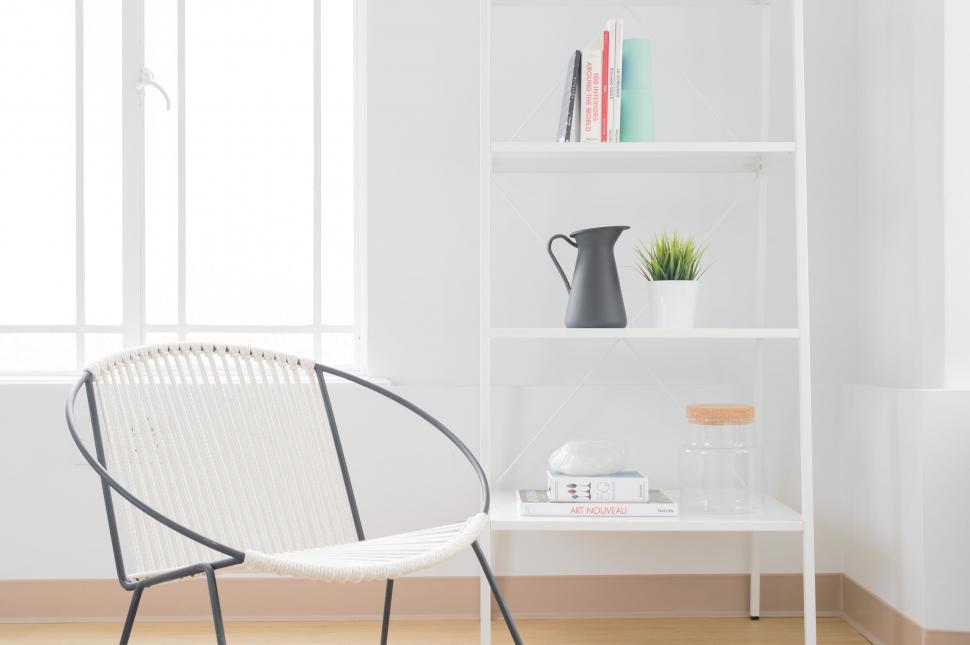
A house that lacks personal items may look pristine, but it often feels sterile and impersonal. Family photos, sentimental decorations, and personal touches give a home warmth and identity. Without them, a space can feel more like a hotel than a lived-in residence. Minimalism should focus on reducing excess, not erasing personality.
Instead of eliminating personal items, curate them thoughtfully. A select few meaningful pieces can maintain a clean aesthetic while adding a personal touch. The goal is to balance simplicity with character, creating a home that reflects your lifestyle. A space should feel both functional and uniquely yours.
10. Use Only One Light Per Room
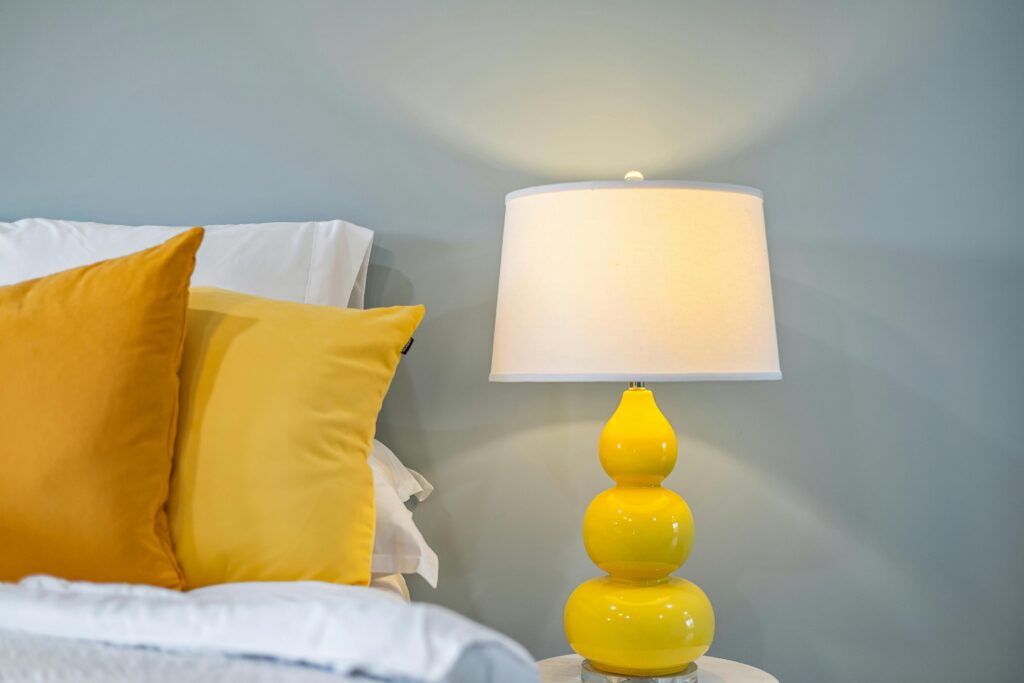
While having just one light source per room might create a clean, minimalist look, it often results in poor functionality. Overhead lighting alone can cast harsh shadows or leave certain areas too dim. Task lighting, such as lamps or under-cabinet lighting, improves visibility and enhances the atmosphere of a space. A well-lit home should prioritize both aesthetics and practicality.
Minimalism should not mean sacrificing comfort for the sake of simplicity. Using multiple light sources allows for better ambiance and functionality without creating clutter. Instead of relying on a single fixture, consider a streamlined combination of overhead lights, floor lamps, and accent lighting. Thoughtful lighting choices can maintain a minimalist look while ensuring a comfortable living space.
11. Ban Small Appliances from the Kitchen
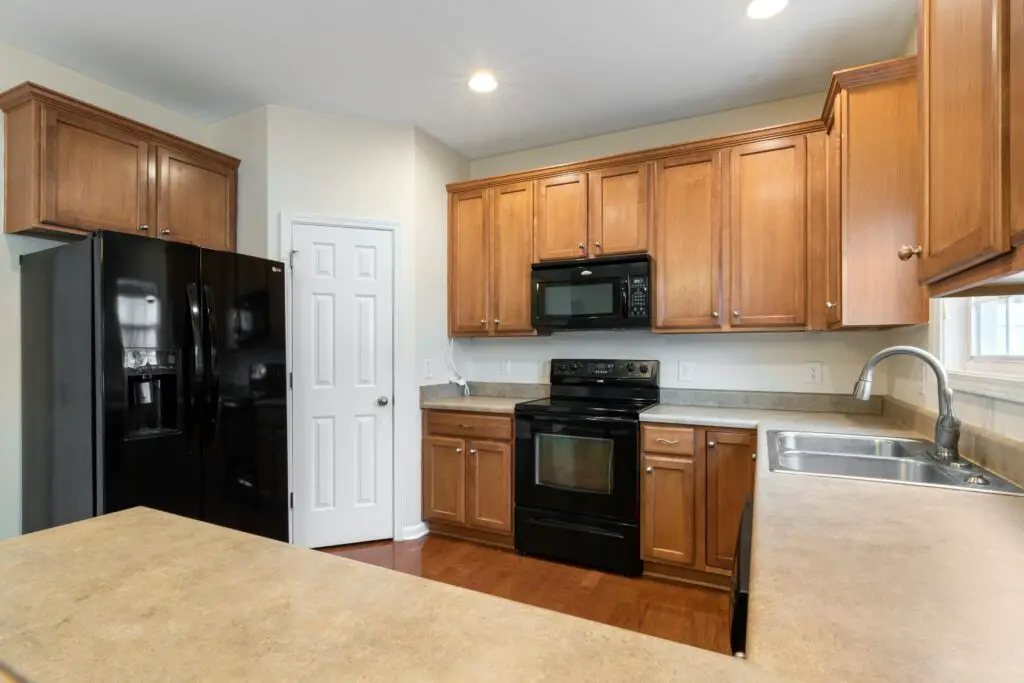
Some minimalists suggest eliminating small kitchen appliances to maintain a sleek, uncluttered countertop. While this might look aesthetically pleasing in photos, it can make cooking far more difficult. Everyday essentials like coffee makers, toasters, or microwaves provide convenience and save time. A functional kitchen should support daily routines, not complicate them.
Rather than removing appliances entirely, focus on keeping only the ones you regularly use. Storing them in designated cabinets can maintain a clean look while keeping them accessible. The goal of minimalism should be to enhance efficiency, not create unnecessary obstacles. A well-organized kitchen can be both practical and visually appealing.
12. Keep Walls Completely Bare

A completely blank wall may align with minimalist principles, but it can make a home feel sterile and unfinished. Artwork, mirrors, or even a simple shelf can add visual interest without overwhelming the space. Personal touches bring warmth and character to a home, making it feel inviting rather than empty. Minimalism should simplify, not erase, a home’s personality.
Instead of leaving walls bare, choose a few carefully selected pieces to complement the space. A single statement artwork or a minimal gallery wall can add depth without creating clutter. Thoughtful design choices allow for both simplicity and individuality. A well-balanced minimalist home should feel lived-in, not like a showroom.
